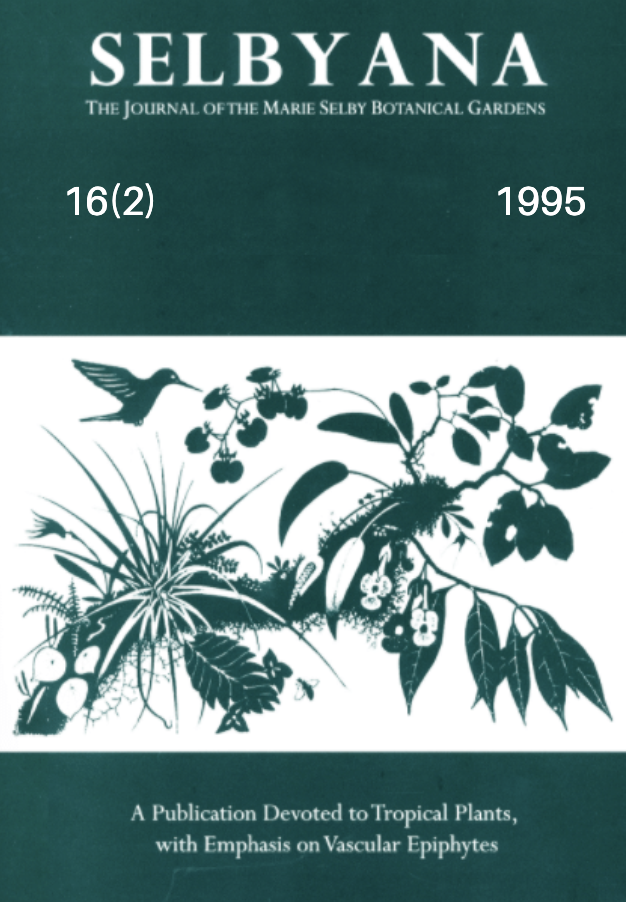Abstract
Seeds were used for establishment of a sterile culture of Vriesea fosteriana and Vriesea hieroglyphica, two endangered ornamental Brazilian bromeliads. Large number of plantlets could be obtained from embryos of Vriesea hieroglyphica when cultivated in Knudson basal medium. In contrast, Vriesea fosteriana the addition of hormones was required to produce protuberances from which buds were formed. In this process, new leafy shoots can be formed continuously, providing expiants to continue the multiplication. Entire leaves removed from aseptically-grown seedlings of Vriesea fosteriana were also used as a source of expiants. After twenty days of culture, protuberances were formed at the basal part of them and shoot-buds appeared after one month of culture. For rooting, two different auxins were necessary depending on the species. The rooted shoots were planted in pots and grown in the greenhouse. All plants survived and looked phenotypically normal. This methodology provided a large number of plants, preserving the genetic diversity of the species. This feature is essential for any replacement program that makes use of micropropagated plants.
Open Access and Copyright Notice
Selbyana is committed to real and immediate open access for academic work. All of Selbyana's articles and reviews are free to access immediately upon publication. There are no author charges (APCs) prior to publication, and no charges for readers to download articles and reviews for their own scholarly use. To facilitate this, Selbyana depends on the financial backing of the Marie Selby Botanical Gardens, the hard work and dedication of its editorial team and advisory board, and the continuing support of its network of peer reviewers and partner institutions.
Authors are free to choose which open license they would like to use for their work. Our default license is the Creative Commons Attribution-NonCommercial 4.0 (CC BY-NC 4.0). While Selbyana’s articles can be copied by anyone for noncommercial purposes if proper credit is given, all materials are published under an open-access license with authors retaining full and permanent ownership of their work. The author grants Selbyana a perpetual, non-exclusive right to publish the work and to include it in other aggregations and indexes to achieve broader impact and visibility.
Authors are responsible for and required to ascertain that they are in possession of image rights for any and all photographs, illustrations, and figures included in their work or to obtain publication or reproduction rights from the rights holders. Contents of the journal will be registered with the Directory of Open Access Journals and similar repositories. Authors are encouraged to store their work elsewhere, for instance in institutional repositories or personal websites, including commercial sites such as academia.edu, to increase circulation (see The Effects of Open Access).
